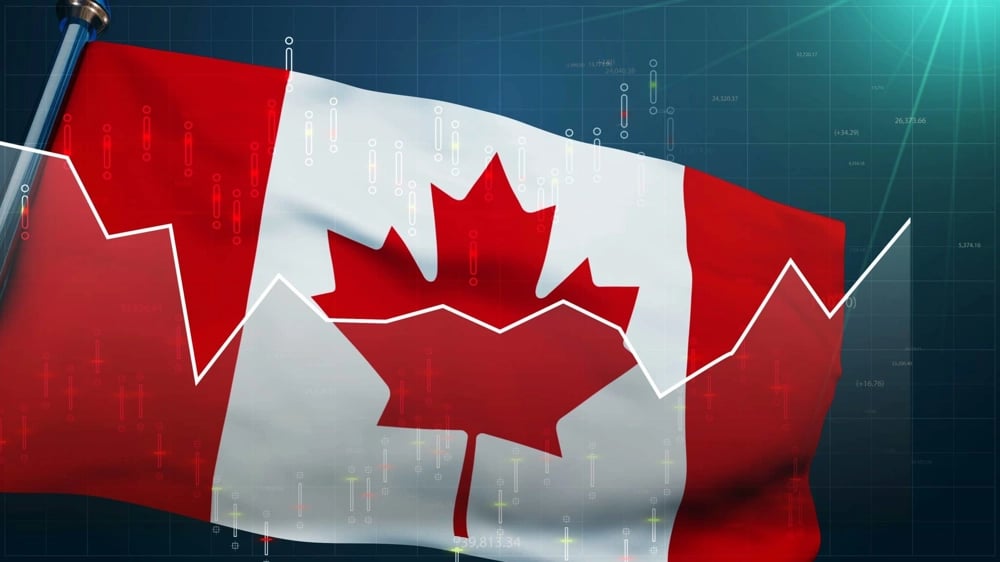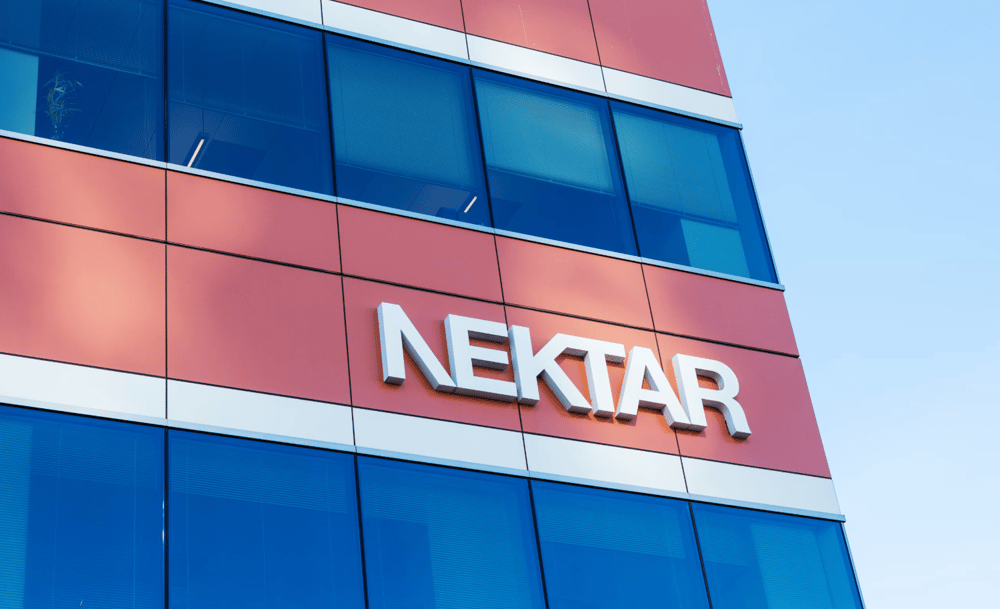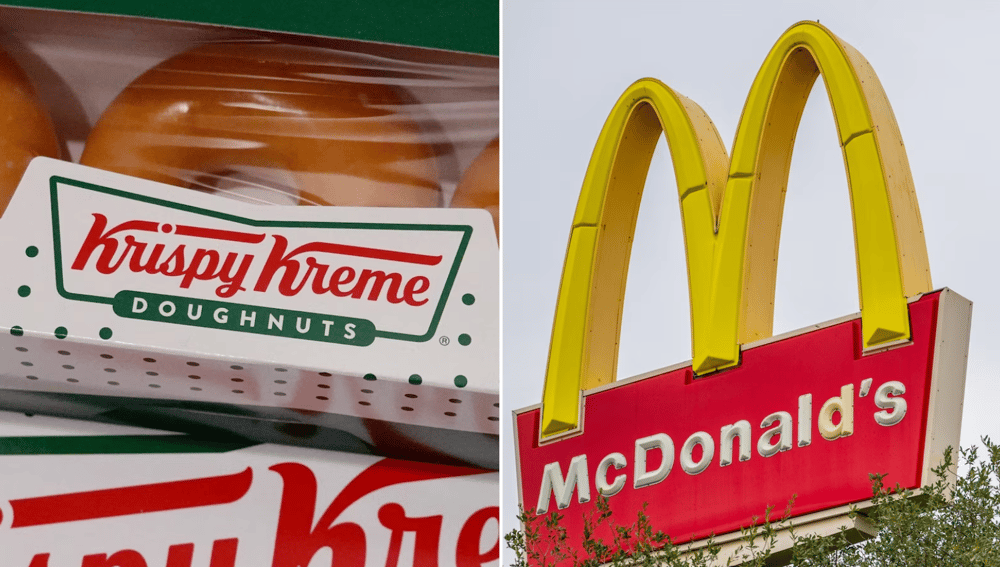Japan Eyes Tariff-Free Trade with U.S. Amid Shifting Global Trade Models and Auto Sector Tensions
Japan’s Prime Minister Shigeru Ishiba signaled a clear pivot toward full trade liberalization in ongoing negotiations with the United States, stating Sunday that Tokyo will seek the elimination of all tariffs. In a public appearance on Fuji Television, Ishiba emphasized that discussions with the U.S. are progressing steadily and characterized bilateral relations with President Donald Trump as “surprisingly good.”
This statement comes at a time of renewed scrutiny on U.S. trade policy following the Washington–London deal announced last week. That agreement, which eases punitive tariffs on British car exports but maintains a 10% baseline duty, is now being viewed by Tokyo as a partial benchmark rather than a final destination. Ishiba made it clear that Japan’s objective remains comprehensive tariff removal, underscoring a strategic divergence from piecemeal trade arrangements.
Redefining Trade Frameworks in a Volatile Global Economy
Japan’s insistence on a zero-tariff agreement reflects both economic priorities and geopolitical considerations. As one of the world’s largest automotive exporters, Japan stands to benefit significantly from the removal of U.S. import duties, particularly at a time when global supply chains remain fragmented and protectionist policies resurface.
The comparison to the recent U.S.-UK arrangement highlights Japan’s reluctance to settle for incremental relief. Maintaining a 10% tariff floor may ease frictions temporarily, but it does little to promote long-term competitiveness in high-value sectors such as automotive and advanced manufacturing—areas where Japanese firms like Toyota $TM, Honda $HMC, and Nissan $7201.T remain global players.

Drivers Behind Japan’s Push for Zero Tariffs
Automotive Industry Interests: Japan’s powerful car manufacturing sector stands to gain significantly from tariff elimination.
Geopolitical Alignment: Strengthening ties with the U.S. is viewed as a counterweight to growing regional instability.
Economic Diversification Goals: Removing trade barriers supports Japan’s effort to expand export destinations and reduce reliance on East Asian supply chains.
Diplomatic Leverage: A zero-tariff stance reinforces Japan’s role as a leading advocate for free trade on the global stage.
Precedent Risk: Accepting partial tariff reductions could undermine Japan’s negotiating power in future trade deals.
Tactical Implications and Diplomatic Calculations
Negotiation Leverage Through Bilateral Strength By emphasizing the strength of Tokyo–Washington relations, Japan seeks to translate goodwill into more favorable trade terms.
Avoiding a Patchwork Framework Japan’s rejection of piecemeal trade models underscores its preference for systemic clarity and stability in trade regulation.
Enhancing Automotive Sector Resilience Tariff elimination would allow Japanese carmakers to boost price competitiveness in the U.S. without compromising profit margins.
Preemptive Diplomatic Signaling By voicing its position publicly, Tokyo aims to influence the narrative and set expectations ahead of critical trade summits.
Mitigating U.S. Electoral Volatility Japan's urgency in securing a deal may also reflect the unpredictability of U.S. political shifts and the desire for trade continuity.
Outlook: Strategic Patience or Tactical Confrontation?
Japan’s push for a zero-tariff agreement marks a deliberate strategy to reclaim influence in a global trading environment increasingly defined by fragmentation and transactional diplomacy. The coming months will test Tokyo’s ability to convert positive diplomatic rapport into concrete economic outcomes.
As U.S. trade policy remains driven by shifting domestic agendas, Japan’s efforts to establish a durable, tariff-free trade architecture will hinge not only on bilateral negotiations, but also on its capacity to act as a global standard-bearer for open markets and multilateralism.















Comments
This transaction could spark new innovations in technology and automation